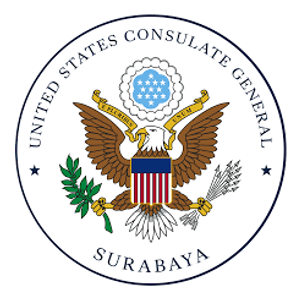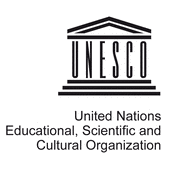Search by property
From BASAbaliWiki
This page provides a simple browsing interface for finding entities described by a property and a named value. Other available search interfaces include the page property search, and the ask query builder.
List of results
- Ondel + (a large float for a fishing net, used at the top corners)
- Sanan + (a large frame of cris-crossed bamboo poles upon which objects such as ogoh-ogoh, lembu, etc., are carried in a procession)
- Nyet-nyet + (A large green insect)
- Bongkeng + (a large hole or hollow)
- Suweg + (a large starchy rhizome that is abundant on the Bukit and in some of the other dry parts of Bali)
- Rogreg + (a large wound or tear)
- Rokrak + (a large wound or tear)
- Klengang + (a large, coarsely woven bamboo frame used for drying such things as fish)
- Ngraung + (a large, deep hole)
- Pangorengan + (a large, round, shallow pan without a base)
- Gemelan + (a length measurement = the width of a hand from thumb to little finger when making a fist)
- Gemel + (a length measurement = the width of a hand from thumb to little finger when making a fist)
- Sawala + (a letter written on palm leaves)
- Nglangang + (a light on something)
- Malih rerehin + (A link to more information)
- Akedik + (a little)
- Kedik + (A little)
- Rendet + (a little different)
- Uyeng-uyengan + (a little drunk)
- Iat + (a little dry; almost dry)
- Akidik + (a little, small)
- Akebiasan + (a little, somewhat, at a glance, for a moment)
- Kidik + (a little; a few)
- Pijit + (a little; economical; small)
- Samatra + (a little; few; slight)
- Pikat + (a live, tame dove tied to tree)
- Udange + (a lobster)
- Selendang + (A long and narrow textile worn around the anteng (for women), and a shorter one worn around the waist over the kebaya - or for men if a saput is not used. It is a must to wear a selendang or saput when entering a temple and for praying.)
- Pangirikang + (a long bamboo stick with a cross piece of bamboo at the bottom)
- Siku-sikuan + (a long, thin, wooden bobbin or spool with thin fishline wound on it used for repairing fishermen's nets)
- Panganyinan + (a loom frame for winding warp threads)
- Slingkad + (a loop is made in the rope, and it is folded into a figure 8)
- Gaak-giik + (a loud snarl; rebuked repeatedly)
- Becicane + (a magpie)
- Kekalas + (a main ingredient of the ebat dish jejeruk, consisting of santen and kunyit)
- Gangga + (a mantra to make holy water)
- Lantai + (a mat made of penyalin (rattan), not woven but with parallel strips sewed together)
- Acengkang + (a measuring unit; one size along the range between the tip of the thumb and other fingertips stretched)
- Biu udang + (a medium sized, rather fat banana that has a dark reddish brown skin. The interior is normal banana color. This banana is not very common. It looks rather like biu montong only it is red)
- Merak + (a medium to large spreading tree with bright red flowers and large woody pods. Planted along many roads for shade.)
- Manggis + (a medium tree of the medium elevations of Bali that produces one of the most popular of all Balinese fruits. All parts exude yellow latex when damaged)
- Kepundung + (a medium-size tree found in the higher parts of Bali that produces abundant bunches of juicy, spherical, potato-colored fruits, about 2.5 cm. in diameter, very popular as snacks. Oval leaves, up to 7 x 18 cm.)
- Ulem-uleman + (A message inviting someone to some sort of adat (event) where he is usually expected to help)
- Papanggulan + (a method to beat gamelan using panggul (gamelan bat) which emphasizes more on the kendang (drum) stump)
- Sangkala + (a misfortune, damage, disaster, trouble)
- Sager + (a mixture consisting of dried small fish (gerang) fried without oil (gerang manyanyah), grated coconut (nyuh makikih), palm sugar (gula Bali), don kecarum, and kesuna-cekuh (spice mixture))
- Moreng + (A mixture of cooked rice and vegetables, containing liquid (kuah) and spices)
- Sambel + (a mixture of spices put on food to sharpen the taste)
- Drama + (a modern form)
- Sendratari + (a modern invention and very popular with Balinese people)





